
Topic
Equity
What is equity? Can it be measured? How and when does the issue come up in housing, education, employment, public utilities, and more? How are community organizations, grant-making institutions, and policymakers working to advance equity?
The Latest
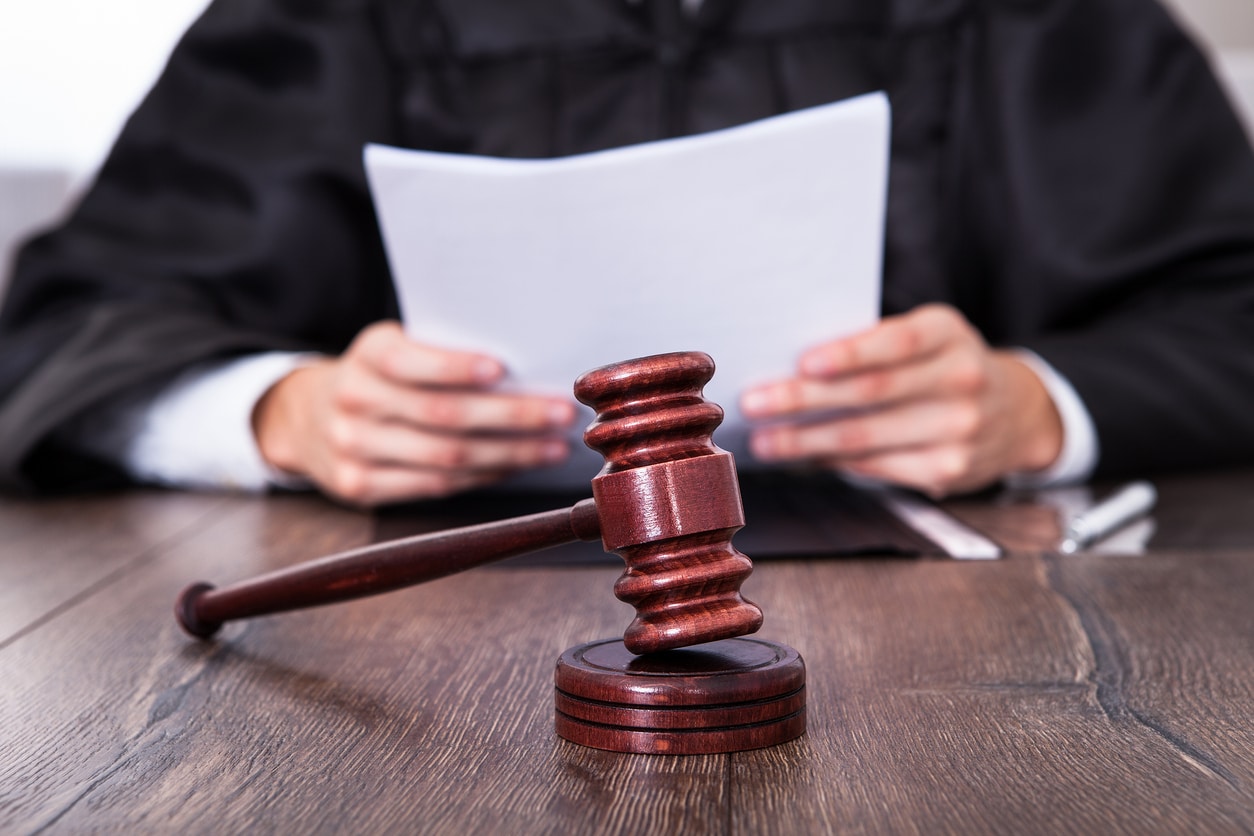
Blocked, Restored, Blocked Again—Housing Funds Are in Legal Limbo
Since Trump took office, the administration has blocked multiple affordable housing funding streams. Here's a look at which funds have been frozen, which have been reinstated, and which are in the courts.
Explore Articles in this Topic
Search & Filter Within this Topic
filter by Content Type
filter by Date Range
search by Keyword

Cross-Disability Design Makes Housing Better for Everyone
Affordable housing projects should incorporate a range of accessibility features, going above and beyond code requirements.
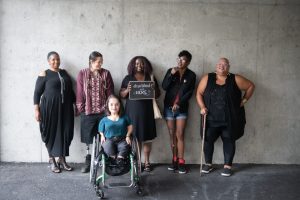
Which U.S. Laws Require Accessibility in Housing—And How Well Do They Do?
Activists have been fighting for decades to expand accessible housing for disabled residents. They’ve made progress, but say that current regulations and enforcement don’t go far enough.

Disability Justice and Equity in Housing
Welcome to Shelterforce’s newest Under the Lens series, Not Just Ramps—Disability and Housing Justice. This introductory article lays out why the connection between disability and affordable housing is so strong, and why it’s so important for housers to understand.
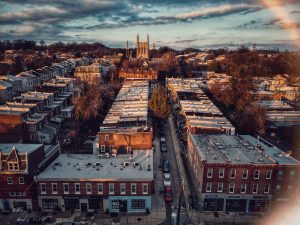
Appraisal Bias Is the Fair Housing Issue of the Day
Newly released data on home appraisal practices is a step forward in the fight against racially biased appraisals. There’s still a long way to go.

Proposed AFFH Rule Doesn’t Address Renters Directly—But It Should
Renters’ rights are fair housing rights. Before publishing a final Affirmatively Furthering Fair Housing rule, HUD must specifically address the needs of renters. Here’s how.
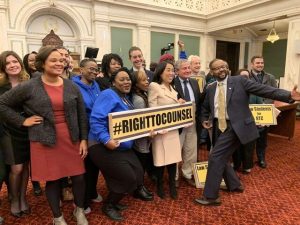
Three Ways AFFH Has Advanced Housing Justice
Grassroots organizers have used the Affirmatively Furthering Fair Housing rule to strengthen communities in the past. These examples show what we should advocate for in a new AFFH rule.

Public Housing Must Be a Part of Fair Housing Planning
Because their programs provide the most deeply affordable housing in the country, public housing authorities should be both supported in improving fair housing outcomes and held to account when they fall short.
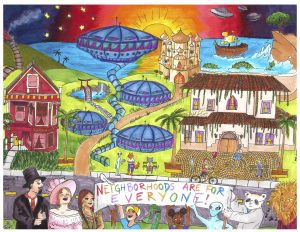
Why Oregon Created Its Own AFFH Rule
For more than a decade, fair housing advocates in the Beaver State had been looking for ways to connect housing and land use planning to promote the affirmatively furthering fair housing rule. Here’s how Oregon created its own state-level policy, and what’s to come.
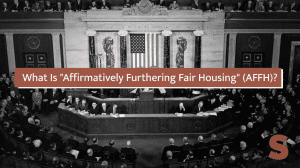
What Is Affirmatively Furthering Fair Housing?
Shelterforce has put together a short video to explain what “Affirmatively Furthering Fair Housing,” or AFFH, means, and the history of its enforcement.
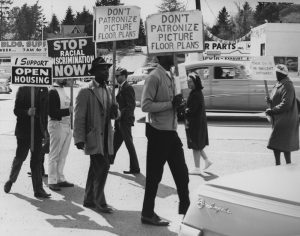
AFFH’s Bumpy Road to Overcoming Segregation
The Affirmatively Furthering Fair Housing rule was intended to force communities to take action to address housing segregation and discrimination. How has the rule evolved throughout the years, and will a proposed new rule finally put some teeth into the legal concept?

AFFH: Third Time’s the Charm?
What’s the Affirmatively Furthering Fair Housing provision? How has it been enforced in the past? And what do fair housing advocates think of the proposed changes? Shelterforce’s new Under the Lens series—New AFFH Rules: What You Need to Know—explores that and more.
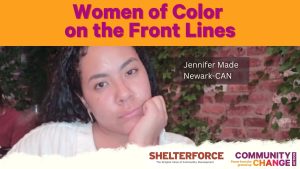
Building Community Power in Newark, NJ
Jennifer Made started organizing at 13 and began feeding her community at 19, an effort that grew into the Newark Community Action Network.
